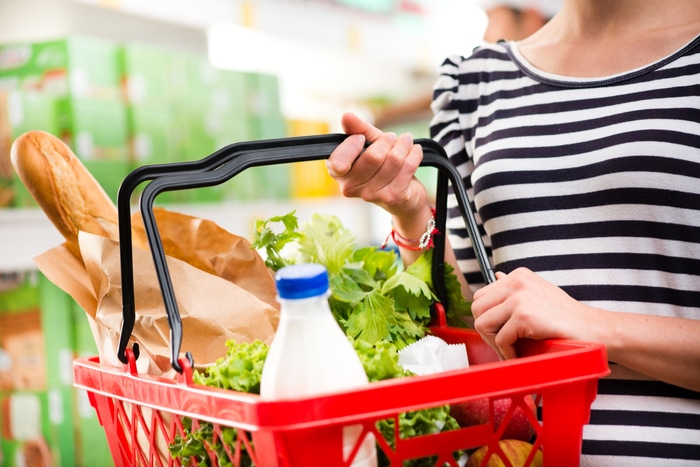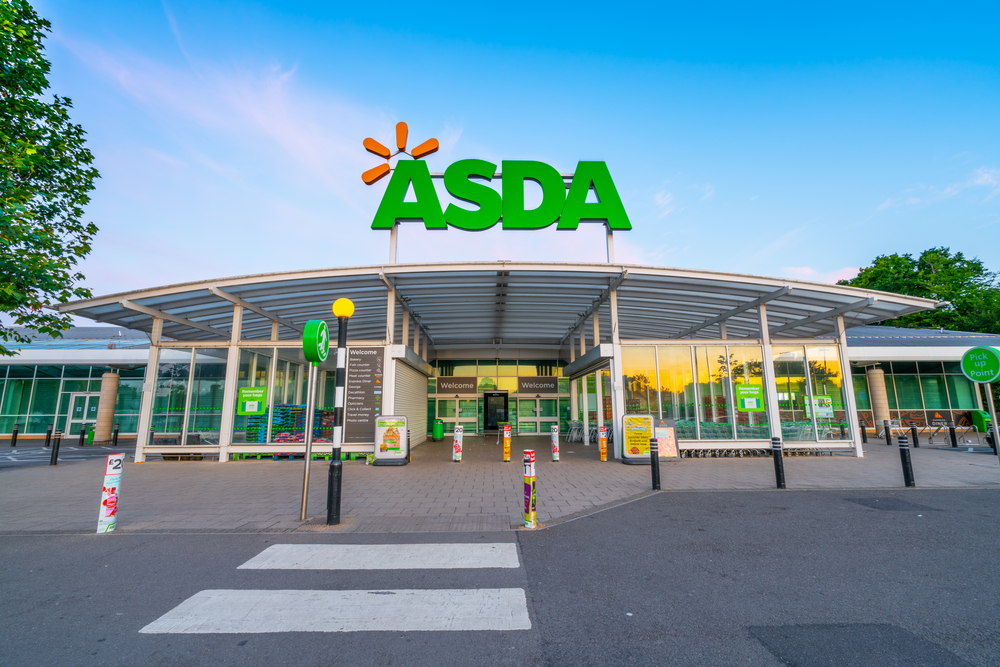// Grocery sales decline for the first time since June 2016, according to Kantar Worldpanel data
// Sales fell 0.5% year-on-year for the 12 weeks ending July 14
// Big 4 grocers all lost market share, while Aldi, & Lidl gained and Waitrose, Iceland & Co-op were steady
Grocery sales fell by 0.5 per cent over the last quarter in the first overall decline in the sector since June 2016, new figures show.
According to the latest grocery market share data from Kantar Worldpanel, falling sales reflected last year’s record summer as spending on traditional hot weather staples such as alcohol and ice cream declined in comparison.
Sales fell year-on-year at all of the Big 4 supermarket retailer over the 12 week period ending July 14.
READ MORE:
Tesco saw a two per cent drop, while Sainsbury’s, Asda and Morrisons suffered 2.3 per cent, two per cent and 2.6 per cent falls respectively.
However, Ocado was the standout performer as it increased sales by 11.9 per cent, thanks to customers buying from the online grocer more frequently.
Aldi and Lidl also recorded sales rises, growing 6.7 per cent and seven per cent respectively.
In light of the sales figures, Kantar’s data shows that all the Big 4 grocers lost market share compared to the same period last year, while Aldi, Lidl and Ocado increased theirs.
However, Waitrose, the Co-op and Iceland held steady.
“The main factor behind the sales drop-off is shoppers heading out to stores less often,” Kantar Worldpanel head of retail insight Fraser McKevitt said.
“Last year people shopped more frequently and closer to home as they topped up the cupboards while enjoying the sunshine and the men’s football World Cup.
“This year households are making one fewer trip, which may not sound like much but is enough to tip the market into decline.”
Separate data from Nielsen also recorded a 0.5 per cent sales drop over the last four weeks despite the start of warm summer weather at the end of June and the UK sporting season.
Shoppers also spent less per visit compared with the same period last year, the figures show.
“Our latest data shows that some of the weakness in recent grocery spend is linked to the strong summer of 2018, where the warm weather peaked and consumer spirits were high on the events of the World Cup,” Nielsen head of retail insight Mike Watkins said.
“This year, retailers have had to work harder to drive shoppers to spend, and the increase in press and TV advertising spend proves that retailers are looking at more creative ways to achieve this.”
He added: “However, the drop in sales is also a sign that consumers are starting to change how they spend.
“This suggests that with the summer holiday season now under way, retailers will need to push hard to encourage shoppers to keep spending – particularly while the sun still shines – as there may well be clouds on the horizon.” Click here to sign up to Retail Gazette’s free daily email newsletter
Click here to sign up to Retail Gazette’s free daily email newsletter


















